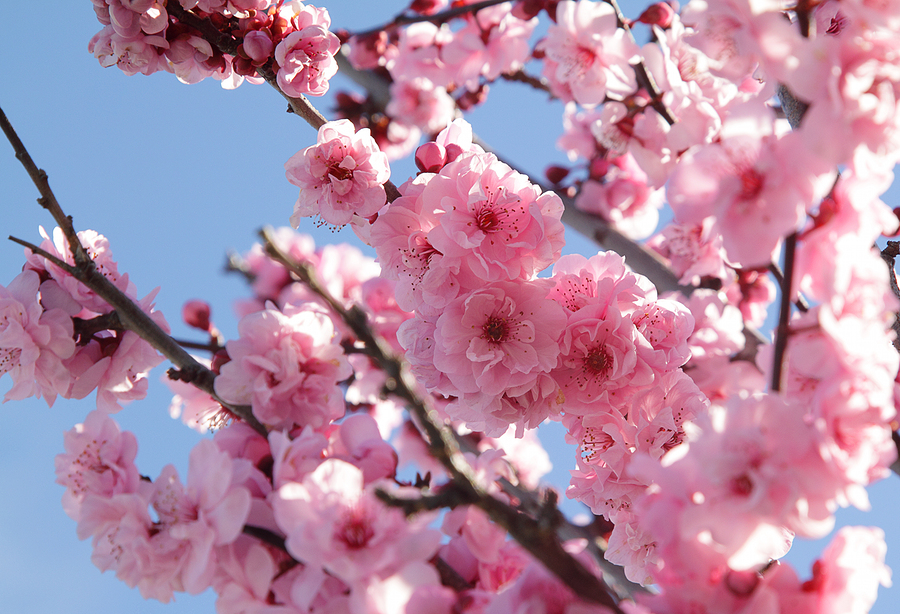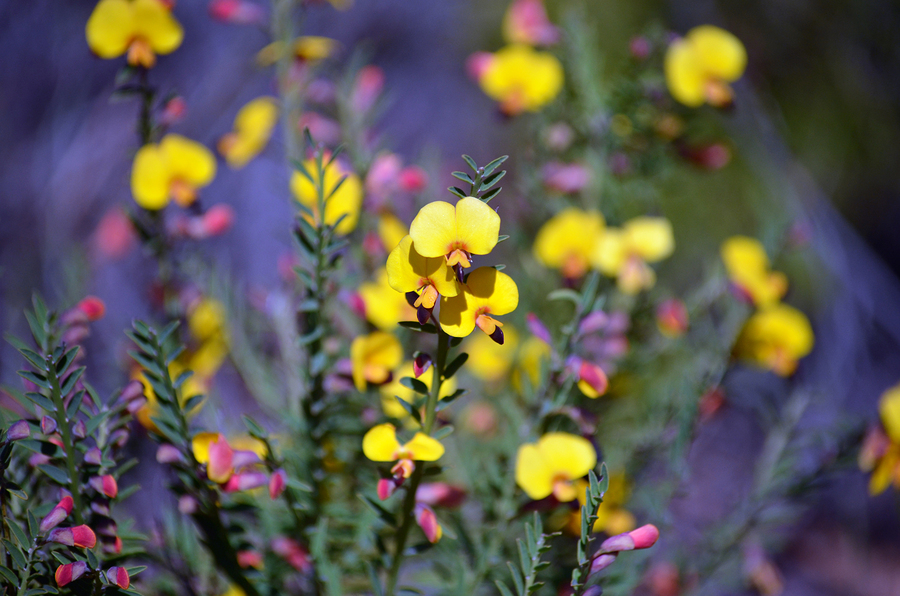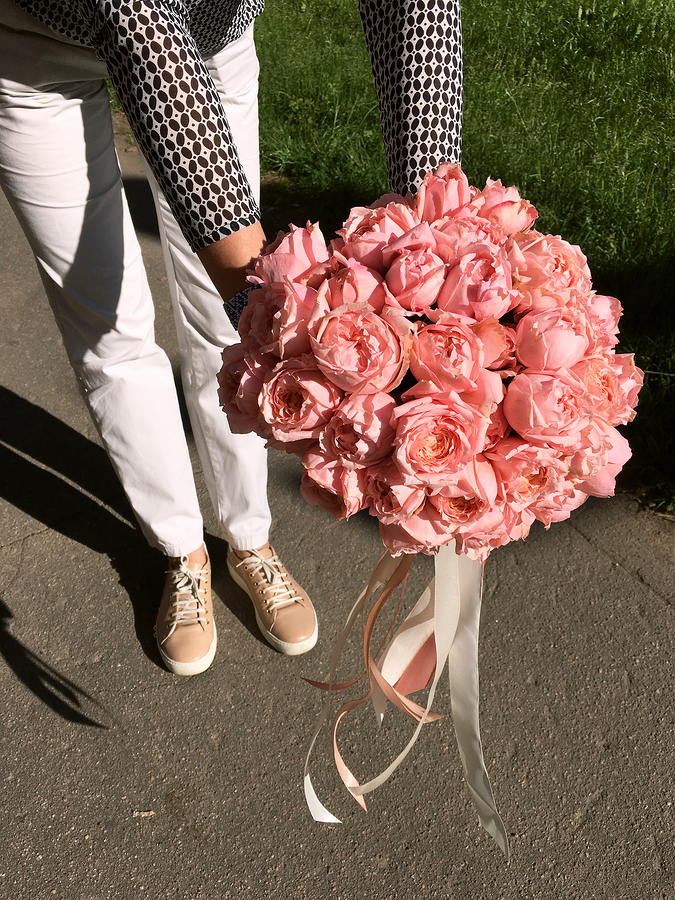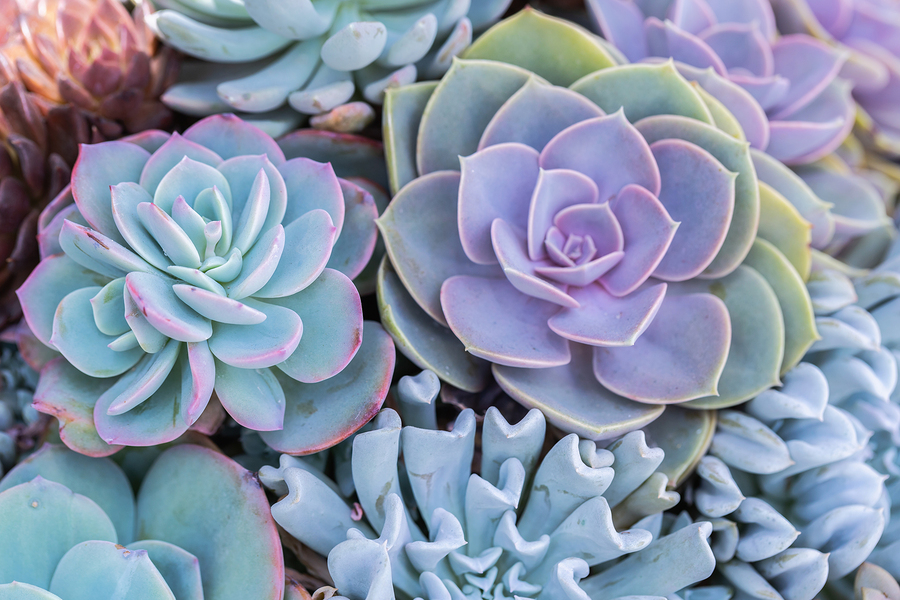It’s understandable – you’re not too thrilled about the idea of giving your Valentine red roses again. Giving your lover the same exact gift every year can feel a bit stale and cliché. The good news? You’re not alone; people all over the world are tired of roses, and fresh alternatives are popping up everywhere.
From chamomile to Australian natives, this article shares the flowers trending on Instagram and beyond, as well as how to take care of your arrangement.
The origins of Valentine’s Day
It can help by learning (or remembering) the history of Valentine's Day gifts and why we still celebrate it. The holiday emerged out of Lupercalia, a Roman festival held in mid-February. This festival celebrated springtime as well as health and fertility. In the 5th century, the Pope Gelasius I decided to replace the festival with St. Valentine’s Day on the 14th of February.
Some believe that the holiday was named after a priest named Valentine who martyred after sending a letter to a woman signed “from your Valentineâ€, while others believe it was named after St. Valentine, a man who married couples in secret to stop husbands from having to go to war. Either way, the holiday soon became associated with romantic love.

Valentines messages started to be sent widely in the 1500s, with commercially-printed letters and cards being sent in the late 1700s. Cards often depicted Cupid (the god of love in Roman mythology), lovebirds (due to medieval traditions setting their mating season as starting in mid-February), and hearts. Flowers – especially red roses – and candy were traditionally given as gifts.
The world continues to adore Valentine’s Day, though in many parts of the world it is increasingly being viewed as an opportunity to celebrate all forms of love, not just romantic love (i.e. one’s love for friends and family).
Creative flower options
One way that you can jazz up regular flowers is by the way you have them arranged – a simple twist on the traditional bouquet can make your gift look truly unique and personal. You might like to add ostrich feathers, greenery, sheet music, twine or do something different like put the flowers in a high heel shoe or teapot.
If you’re not too keen on making flower arrangements, here are some special flowers you can choose to make your gift stand out:
Cherry blossoms

Cherry blossoms – also known as Sakura in Japan – are believed to be native to the Himalayas, but they now bloom all across the world; in Australia, Germany, the United States – and, of course, Japan, where they are the national flower. Cherry blossoms are soft, feminine and delicate, symbolic of spring and renewal. This makes them a lovely option as a Valentines Day flower.
Native wildflowers

Australia boasts some impressive, unique botanicals – between wattle, bottlebrush, waratah and kangaroo paw, you’re really spoiled for choice. While you can buy wildflowers at most florists, you might want to do something especially romantic and craft your very own bouquet; simply go for a bushwalk or a stroll around your local neighbourhood and you’re highly likely to find an abundance of wildflowers to pluck.
Chamomile

These tiny, sweet-smelling white and yellow flowers are commonly associated with the soothing tea they make; but don’t be fooled, these offer plenty more than just a nice cuppa. These delicate little blooms symbolise peace, patience and healing. With the colour white traditionally representing all things sweet and lovely, these are a great way to show your affections – assuming you grab a large bunch of them, of course.
Sunflowers

Sunflowers are a bright, warm and sweet way to surprise your partner. Their large size and yellow colour make a great statement – it shows that you’re not afraid to express your love in a dramatic way. Traditionally symbolising joy, adoration and loyalty, sunflowers are rich in meaning and are sure to impress even people who aren’t too keen on flowers.
Juliet rose

If your heart is still set on a rose, consider getting something a little bit different, like a soft peach coloured Juliet rose. These tend to be more voluminous and ombre than regular red roses. Named after Shakespeare’s character from Romeo & Juliet, these are an intensely romantic yet unique way to impress your lover.
Succulents

So while these aren’t officially flowers (they’re plants, though sometimes they do flower), succulents still make for a gorgeous and thoughtful Valentine’s Day gift. They’re essentially the gift that keeps on giving – take care of your succulents (it’s not hard – they don’t need much to survive) and they’ll last you for years and years. They make for a stylish piece of home décor, too!
How to care for your flowers
Here are some tips for getting the most life out of your bouquet:
Storage
- If your bouquet contains plastic, remove it as soon as you can.
- Keep your flowers in a cool, dry spot out of direct sunlight – extreme temperatures and drafts can cause them to wilt.
- Keep your bouquet away from cigarette smoke, fruit and windowsills.
Lifespan
- Keep your flowers fresh by always keeping the vase full of clean water. All stems should be completely submerged and cut at an angle to aid water absorption.
- If the bouquet is in a basket or some other container, ensure to add fresh water daily.
- Remove wilting or dead stems and leaves as soon as possible.
Cleaning
- Keep your flowers fresh by getting rid of any bacteria that can cause them to deteriorate more quickly. This can be done by cleaning the container/vase with soapy water regularly and adding fresh water whenever it appears cloudy.
No comments:
Post a Comment